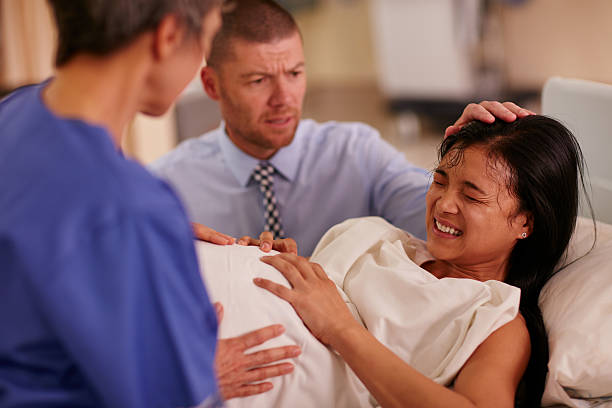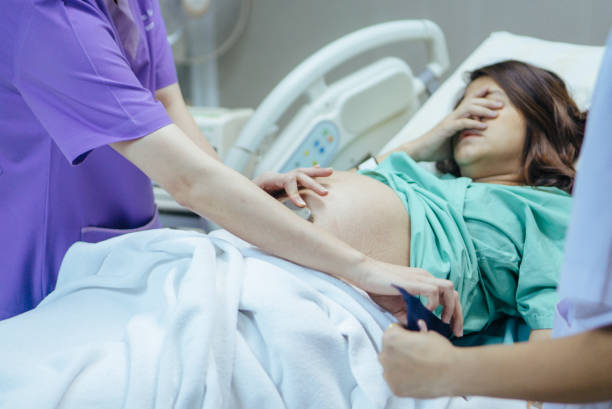Labour pain is a natural and normal part of the birthing process. While it can be intense and uncomfortable, it is also a sign that the body is preparing for the birth of a baby. Understanding the symptoms of labour pain and the various treatment options available can help expectant mothers prepare for this important stage of pregnancy.
Symptoms of Labour Pain
The most common symptom of labour pain is contractions. Contractions are rhythmic tightening and relaxing of the uterus, which help to move the baby down the birth canal. Contractions are usually described as a cramping sensation that begins in the back and radiates to the front of the abdomen. They may feel like strong menstrual cramps and may be accompanied by lower back pain.
As labour progresses, contractions become stronger and more frequent. They may last anywhere from 30 seconds to two minutes and may occur every two to five minutes. As the baby moves down the birth canal, the mother may feel pressure in her pelvis and rectum. This is normal and a sign that the baby is getting closer to being born.
In addition to contractions, other symptoms of labour may include:
A show: A small amount of mucus and blood that is expelled from the cervix, indicating that labour is about to start.
A breaking of waters: A sudden gush of fluid from the vagina, which can indicate that the amniotic sac has ruptured and labour is about to begin.
Nausea and vomiting: Some women may experience nausea and vomiting during labour, which is thought to be due to the release of hormones and stress.
Diarrhoea: This is also a common symptom of labour and may occur as a result of the release of hormones.
Treatment for Labour Pain
There are several different methods of treating labour pain, including:
Pain medication: Pain medication, such as an epidural, can provide effective relief from labour pain. An epidural is a local anaesthetic that is injected into the spinal column and blocks pain in the lower part of the body. This is the most commonly used form of pain relief during labour.
Water therapy: Soaking in a warm bath or shower can help to relieve labour pain. The warm water can help to relax the muscles and ease discomfort.
Massage and pressure: Gentle massage or applying pressure to specific points on the body can help to relieve pain during labour. For example, a partner or doula can apply pressure to the lower back during contractions.
Breathing and relaxation techniques: Controlled breathing and relaxation techniques, such as deep breathing and progressive muscle relaxation, can help to reduce stress and discomfort during labour.
Movement and positioning: Changing positions and moving around can help to relieve labour pain. For example, rocking back and forth or walking can help to ease discomfort and encourage the baby to move down the birth canal.
Conclusion
Labour pain is a normal part of the birthing process and can be intense and uncomfortable. Understanding the symptoms of labour pain and the various treatment options available can help expectant mothers prepare for this important stage of pregnancy. Whether it is through pain medication, water therapy, massage and pressure, breathing and relaxation techniques, or movement and positioning, there are many ways to manage labour pain and make the birthing experience as comfortable as possible.

 Home
Home Health
Health Diet & Nutrition
Diet & Nutrition Living Well
Living Well More
More












